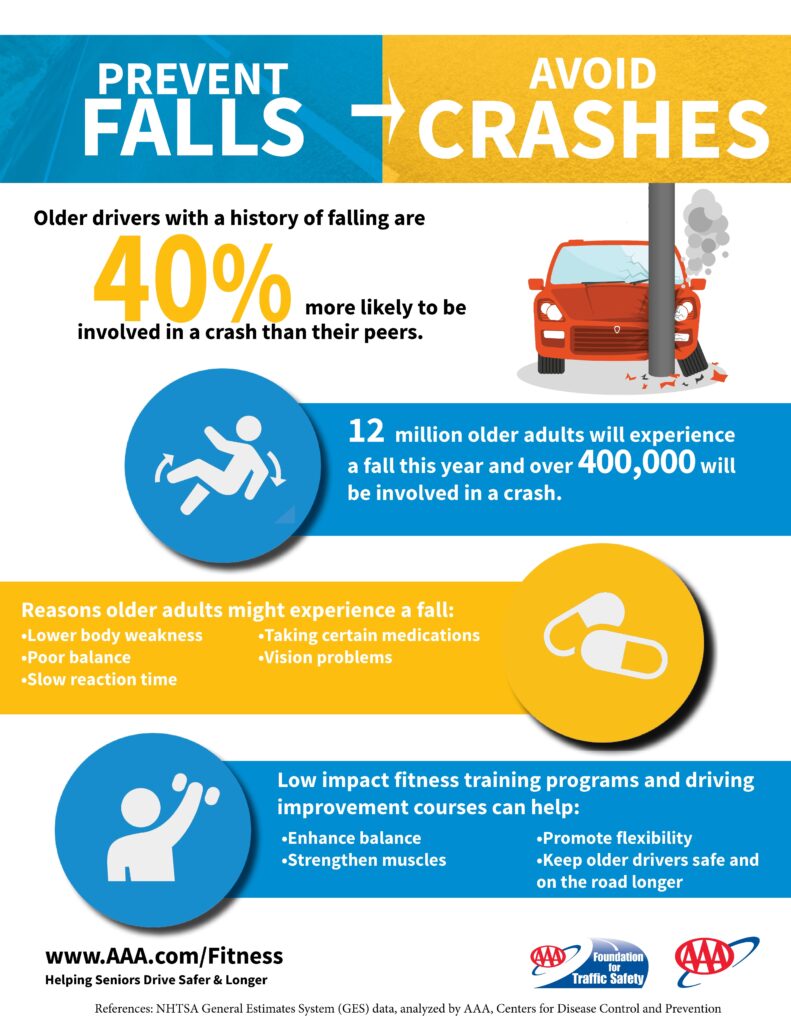
Have you ever found yourself behind a slower driver on the road, wondering why they’re taking their time? While it can be frustrating, it’s important to remember that older drivers often drive slower for very valid reasons. This article will delve into the factors contributing to slower driving speeds in seniors, exploring the interplay of age-related changes and safety considerations. We’ll examine how vision, reaction time, cognitive function, and a focus on safe driving practices all contribute to this phenomenon.
Older Driver Safety
Safety is paramount for older drivers, who may be more vulnerable to injuries in accidents due to factors like decreased bone density and slower healing times. This heightened awareness of safety often translates into cautious driving habits, including adhering to speed limits and maintaining a comfortable distance from other vehicles. While some might perceive this as slow driving, it’s actually a proactive approach to minimizing risk on the road.
Older drivers also tend to be more aware of their limitations and may avoid risky maneuvers or situations that could lead to accidents. They often prioritize smooth acceleration and braking, opting for predictable movements over sudden changes in speed or direction. This deliberate approach to driving contributes to a safer environment for themselves and other motorists.
Age-Related Driving Changes
As we age, our bodies undergo natural changes that can impact our ability to drive safely and efficiently. These changes are gradual and vary from person to person, but some common effects include:
- Vision: Age-related vision decline can affect peripheral vision, night vision, and the ability to distinguish colors. This can make it more challenging for older drivers to perceive hazards, judge distances accurately, and react quickly to changing traffic conditions.
- Hearing: Hearing loss can also occur with age, making it harder to hear approaching vehicles, sirens, or other important auditory cues while driving.
These sensory changes can contribute to slower driving speeds as older drivers compensate for their limitations and prioritize safety.
Reaction Time and Vision Decline
Reaction time, the time it takes to respond to a stimulus, naturally slows down with age. This means that older drivers may take longer to react to sudden events on the road, such as a car braking abruptly or a pedestrian crossing unexpectedly.
Vision decline further exacerbates this issue, as it can make it harder for older drivers to perceive hazards in the first place. The combination of slower reaction time and reduced visual acuity necessitates a more cautious approach to driving, often resulting in slower speeds.
Cognitive Function and Driving
Cognitive function encompasses our mental abilities, including attention, memory, and decision-making. While cognitive decline is not inevitable with age, it can occur gradually over time and affect driving performance.
Older drivers may experience challenges with multitasking, remembering traffic rules, or quickly processing information while driving. This can lead to slower decision-making and a greater need for careful consideration before taking actions on the road.
Speed Limits and Safe Driving Practices
Many older drivers consciously choose to drive below the posted speed limit as a safety precaution. They understand that their reaction times and vision may not be as sharp as younger drivers, and they prioritize minimizing risks associated with high speeds.
Furthermore, adhering to speed limits allows for greater reaction time in case of unexpected events and reduces the severity of potential accidents. Older drivers often view safe driving practices, including maintaining a safe following distance and avoiding distractions, as essential components of responsible driving.
Conclusion
While why do old people drive so slow may seem like a simple question, it reflects a complex interplay of age-related changes, safety concerns, and individual driving habits. Understanding these factors is crucial for fostering empathy and promoting safe driving practices for all road users. By recognizing the challenges faced by older drivers and encouraging open communication about driving abilities, we can create a more inclusive and safer driving environment for everyone.
